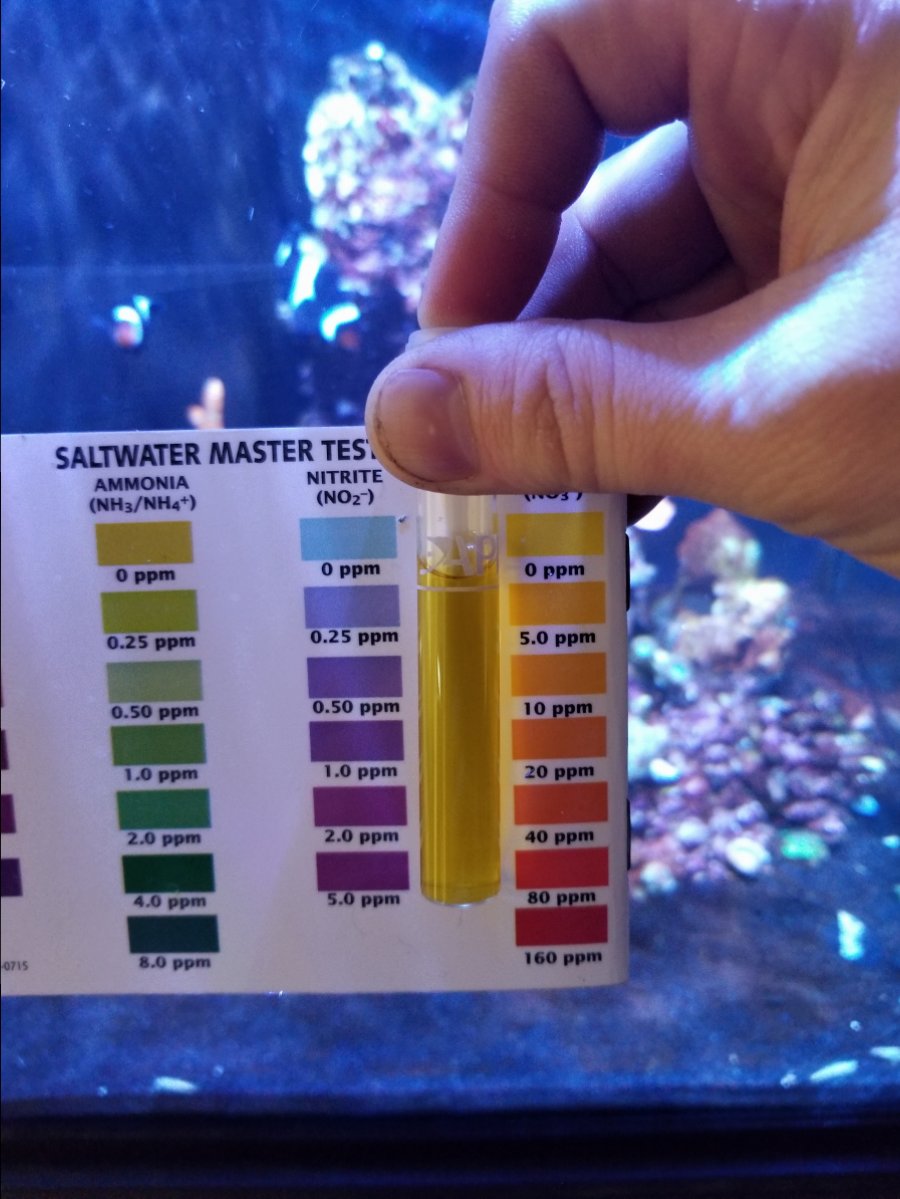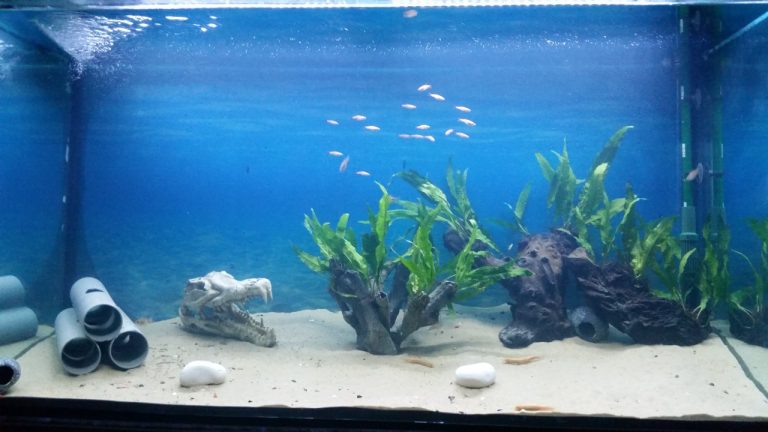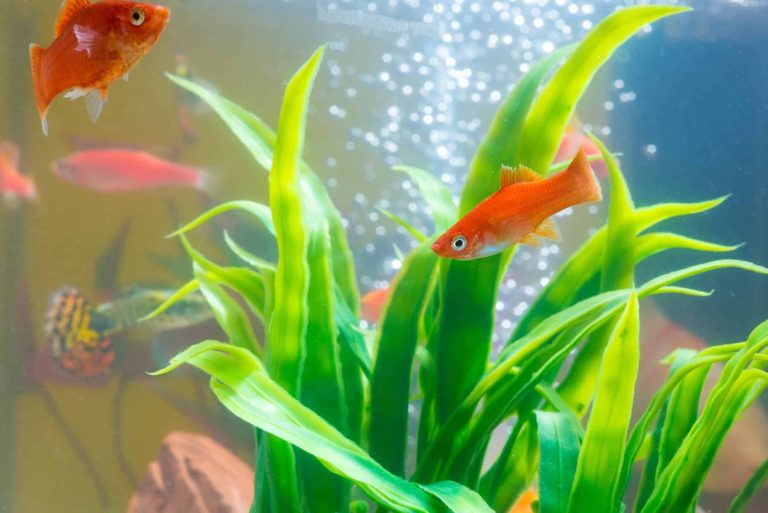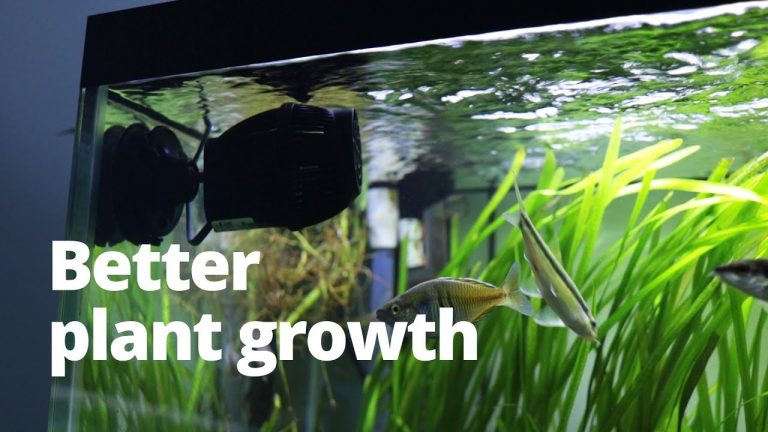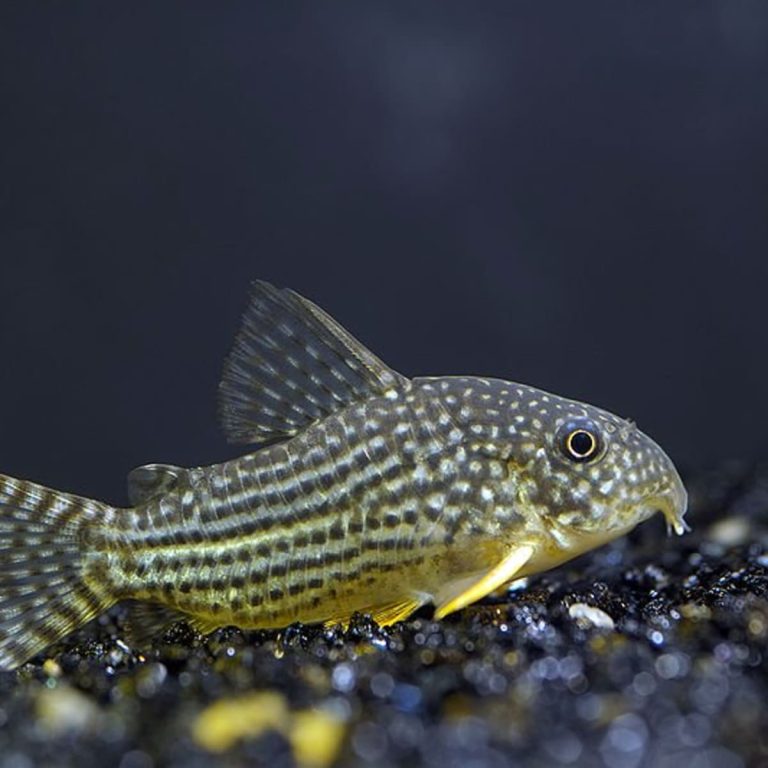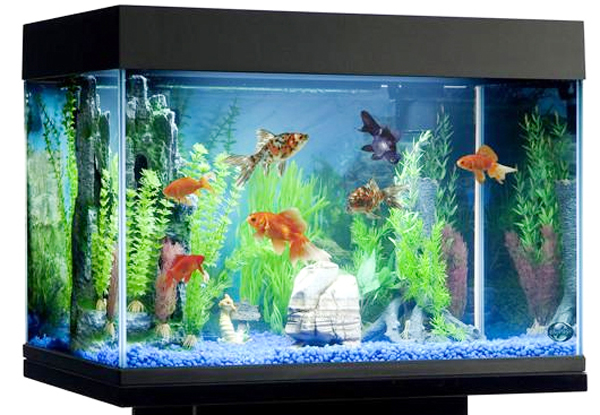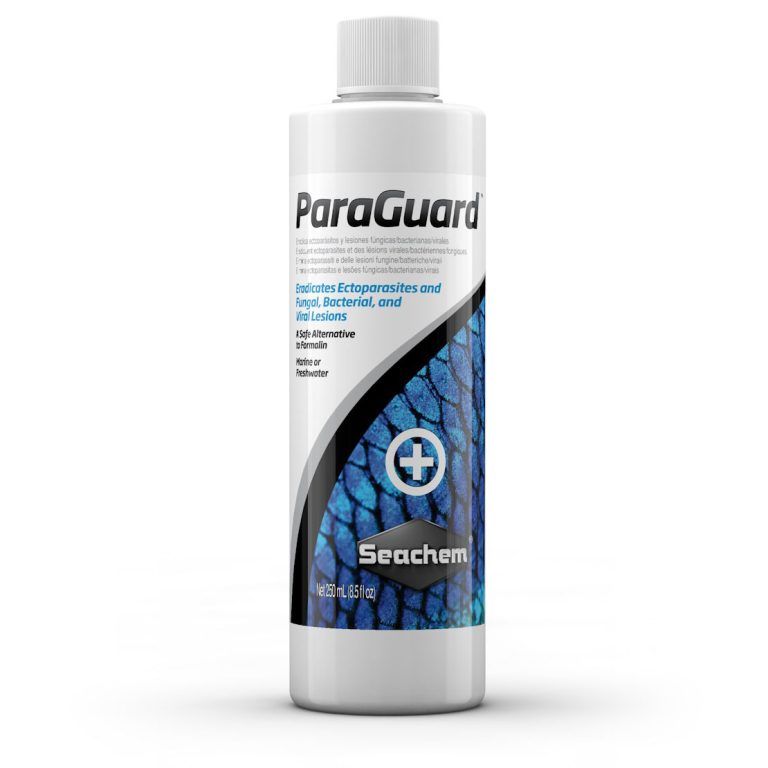Ideal Nitrate Level In Fish Tank
The ideal nitrate level in a fish tank is an important aspect of maintaining a healthy aquatic environment for your fish. Nitrates are a byproduct of the nitrogen cycle in aquariums, where beneficial bacteria convert ammonia into nitrites and then nitrites into nitrates. While nitrates are less toxic than ammonia and nitrites, high levels can still be harmful to fish and other aquatic life. So, what is the ideal nitrate level in a fish tank, and how can you achieve it? Let’s dive in and find out.
The ideal nitrate level in a fish tank is generally considered to be below 20 to 40 parts per million (ppm). However, some sensitive fish species may require even lower levels, around 5 to 10 ppm. It’s important to note that different fish have different tolerance levels to nitrates, and it’s always best to research the specific requirements of your fish species.
Maintaining nitrate levels within the ideal range is crucial for the overall health and well-being of your fish. High nitrate levels can lead to a variety of issues, including stress, decreased immune function, and even death. In addition, elevated nitrate levels can also promote the growth of algae, which can further compromise water quality and oxygen levels for your fish.
Now that we understand the importance of maintaining an ideal nitrate level, let’s explore some strategies to achieve and maintain it.
Regular Water Changes
One of the most effective ways to control and reduce nitrate levels in a fish tank is through regular water changes. During a water change, you remove a portion of the water in the tank and replace it with fresh, dechlorinated water. This helps dilute the concentration of nitrates in the tank.

How often should you perform water changes?
The frequency of water changes will depend on various factors, such as the size of your tank, the number and size of your fish, and the efficiency of your filtration system. As a general guideline, performing a 10-20% water change every 1-2 weeks is a good starting point. However, it’s essential to monitor nitrate levels regularly and adjust your water change schedule accordingly.
Proper Filtration
Investing in a quality filtration system is key to maintaining healthy nitrate levels in your fish tank. A good filter will help remove waste, excess food, and other organic matter from the tank, reducing the source of nitrates.
What type of filter should you use?
There are various types of filters available, including hang-on-back filters, canister filters, and sponge filters. Each type has its pros and cons, so it’s important to choose one that suits the needs of your tank and fish. In general, a filter with a combination of mechanical, biological, and chemical filtration will provide the best results in maintaining water quality and reducing nitrate levels.
Avoid Overfeeding
Overfeeding is a common mistake among fish owners and can contribute to elevated nitrate levels in the tank. When fish are overfed, they produce more waste, which ultimately leads to an increase in nitrates.
How much should you feed your fish?
It’s important to feed your fish the appropriate amount of food based on their size and dietary requirements. Over time, you’ll become familiar with your fish’s feeding habits and adjust their portions accordingly. Remember, it’s better to slightly underfeed than to overfeed.
Live Plants
Introducing live plants into your fish tank can help regulate nitrate levels by utilizing nitrates as a nutrient source for growth. Plants are natural filters that absorb nitrates through their roots and convert them into biomass.
What are some suitable plant species for freshwater aquariums?
There are many plant species that thrive in freshwater aquariums, such as Java Fern, Anubias, and Amazon Sword. These plants are relatively easy to care for and provide additional benefits like oxygenation and hiding places for your fish.
Monitoring Nitrate Levels
Regularly testing your water for nitrate levels is essential to ensure that they remain within the ideal range. Test kits are readily available at pet stores and provide a simple and accurate way to measure nitrate concentrations in your tank.
What should you do if nitrate levels are too high?
If nitrate levels exceed the ideal range, it’s crucial to take action to bring them down. This may involve increasing the frequency of water changes, improving filtration, or considering additional methods such as using chemical nitrate removers or adding more live plants.
Frequently Asked Questions
Q: Can high nitrate levels be harmful to fish?
Yes, high nitrate levels can be harmful to fish. They can cause stress, compromise immune function, and lead to various health issues and even death in extreme cases.
Q: What are the signs of high nitrate levels in a fish tank?
Some signs of high nitrate levels in a fish tank include fish lethargy, loss of appetite, impaired growth, increased susceptibility to diseases, and algae growth.
Q: Can nitrate levels in a fish tank be too low?
While it’s essential to keep nitrate levels within the ideal range, having extremely low nitrate levels (close to zero) may not be ideal for the growth and well-being of live plants.
Q: Should I remove all nitrates from my fish tank?
While it’s necessary to maintain nitrate levels within the ideal range, completely removing all nitrates from your fish tank is unnecessary and may not be beneficial for the overall health and balance of the aquarium ecosystem.
Final Thoughts
Maintaining an ideal nitrate level is vital for the health and well-being of your fish and the overall stability of your fish tank. By implementing strategies such as regular water changes, proper filtration, avoiding overfeeding, and incorporating live plants, you can help ensure that nitrate levels remain within the recommended range. Remember to monitor nitrate levels regularly and take appropriate action if they exceed the ideal range. With consistent care and attention, you can create a thriving and harmonious aquatic environment for your fish to enjoy.
